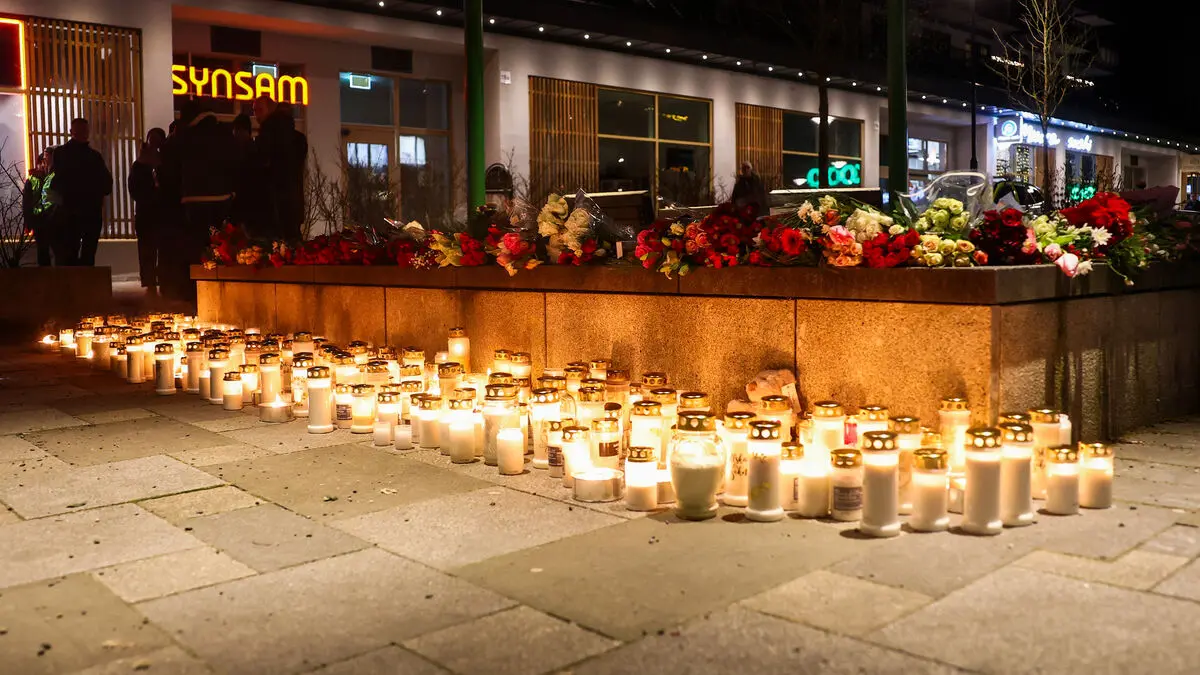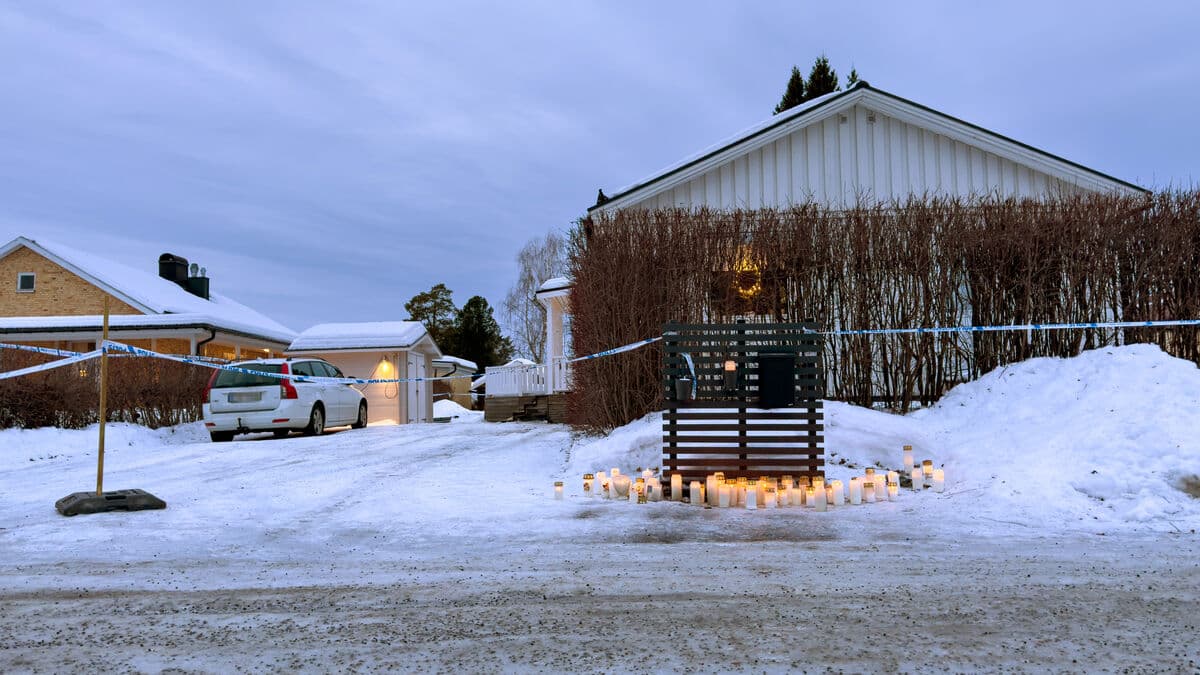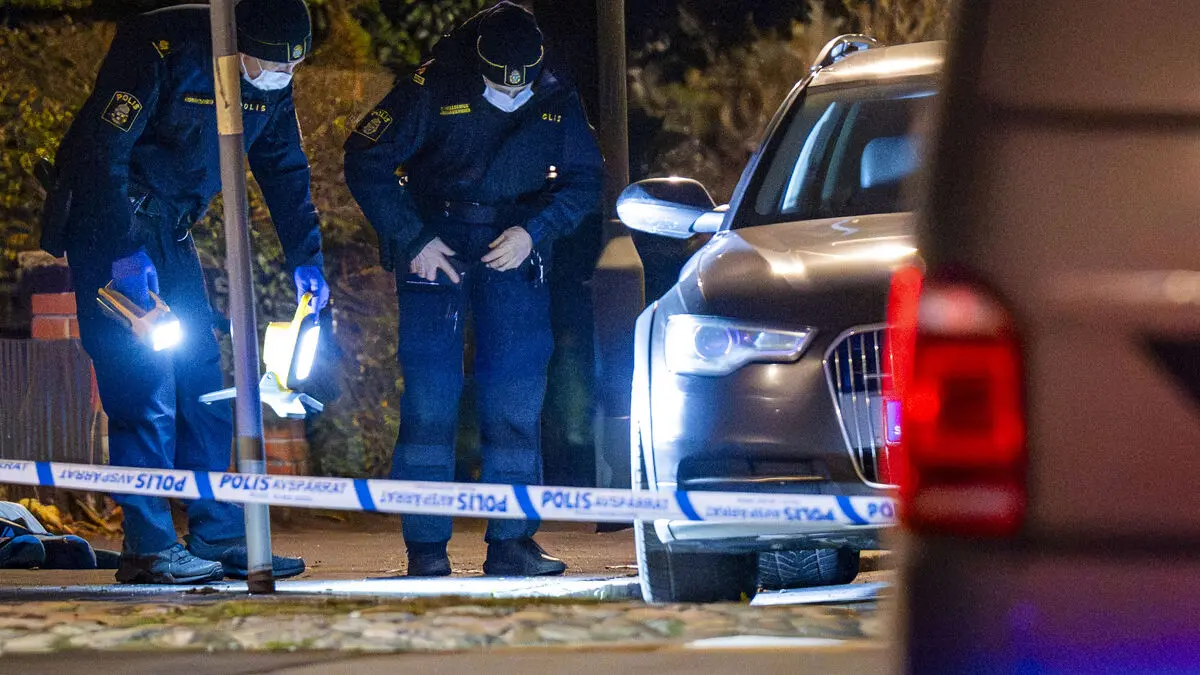The new system for improving power transmission, known as flow-based capacity allocation, has received much attention and criticism. During the week ahead, 29-30 October, Svenska kraftnät will, together with its Nordic colleagues, press the button.
But will the electricity price become higher, as studies have shown? We will never know, as there are so many other factors that affect it.
Prior to the reorganization, the authority has calculated the likely effects - higher electricity prices in large parts of the country, with only the southernmost part of Sweden (electricity area 4) getting lower prices. However, during the winter, it will become more expensive throughout the country, a period when electricity consumption is also clearly the highest, according to Svenska kraftnät's parallel runs that have been ongoing for over a year.
"Nothing that will be noticed"
But the entire price debate surrounding the new system for transporting electricity in the country is "a storm in a teacup", according to Johan Sigvardsson, electricity analyst at the electricity trading company Bixia.
5-10 percent higher price may sound dramatic, but if you have an electricity price of 25-30 öre, it means 2-3 öre more, he says.
The electricity trade itself is only a part of the total electricity price. About a quarter, you can say. So, in total, it's nothing that you will notice, he continues.
Especially now when prices are at unusually low levels. Southern Sweden (electricity area 4) appears to be landing on the lowest monthly price since 2020.
Increased tax
And ahead of winter, electricity prices seem to be at relatively low levels, around 50-60 öre/kwh as an average price in the Nordic countries, according to the pricing on the electricity exchange.
About the same as last year, says Sigvardsson.
But if the price shock on the electricity itself has blown over, the fixed prices' share of the total electricity price will continue to rise, according to Daniel Kulin, project manager at the wind and hydro power company Cloudberry.
Electricity companies are increasing the electricity network fees continuously, most recently Ellevio announced an increase of six percent from the turn of the year. The government has also decided to increase the electricity tax further, to 55 öre/kwh when VAT is added, while the petrol tax is being reduced.
We have a resource in Sweden, self-produced fossil-free electricity, which is sustainable and which we have in abundance at a reasonable price. This commodity, the government chooses to tax higher, when they went to the election on lower electricity prices, says Daniel Kulin.
From 29-30 October, a new method will be introduced in the Nordic countries and Sweden to more efficiently calculate and thus enable more transmission of electricity in the grids between regions and countries.
The effect is, however, expected to be more expensive electricity in larger parts of the country, as more electricity will be directed towards where it is more expensive.
Svenska kraftnät has, in parallel runs over a year, calculated the price effect.
In electricity area 4 (southern Götaland), electricity became 10 percent, or 5.8 öre/kwh cheaper. In the rest of the country, the price increased by between 6 and 9 percent, or 2.1-4 öre/kwh. During the winter period, electricity became more expensive throughout the country, 4-6 percent.
Source: Svenska kraftnät





